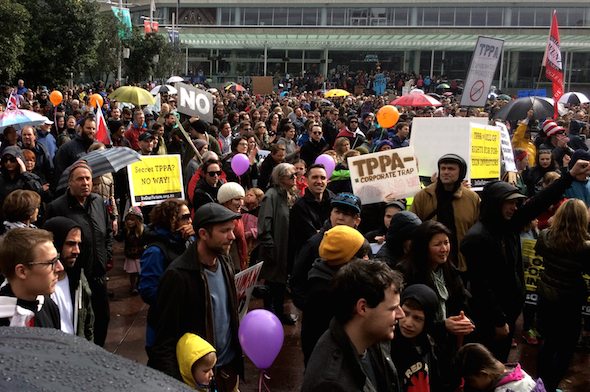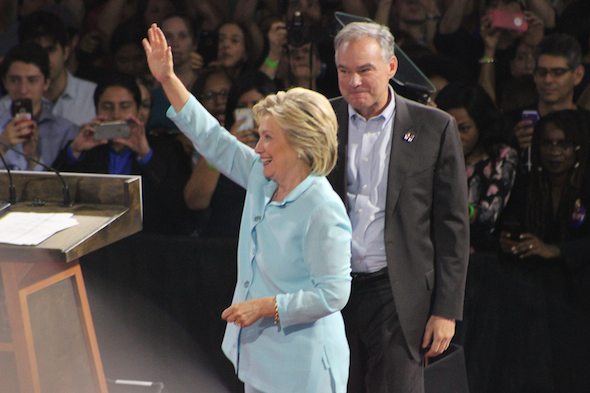The Trans-Pacific Partnership (TPP) is one of the hot-button issues that has been mentioned repeatedly throughout the course of the 2016 presidential race. Constituents and politicians on both sides of the aisle have strong opinions about whether or not the TPP is a good thing. If you’re still not sure what the TPP is all about, here’s everything you need to know about it.
Check out our investment calculator.
The Trans-Pacific Partnership: The Basics
The TPP is a trade agreement that involves 12 countries: the United States, Mexico, Peru, Japan, Canada, Vietnam, Malaysia, Singapore, Brunei, Australia, New Zealand and Chile. The purpose of the TPP is to boost economic growth and remove trade barriers, mainly through cutting tariffs.
The Benefits of the TPP
The TPP is expected to increase annual U.S. exports by $357 billion by 2030, according to the Peterson Institute for International Economics. Annual real income in the U.S. is expected to increase by $131 billion over the same period of time.
The study published by the Peterson Institute also claims that the TPP’s environmental regulations cover more ground and are easier to implement than the ones included in other trade agreements, such as NAFTA. The same study said that the TPP would also lead to job growth in the service and primary goods sectors.
The Drawbacks of the TPP

Some of the language within the TPP, such as the Investor-State Dispute Settlement (ISDS) clause, would allow corporations to sue foreign governments (like the U.S. government) over actions and regulations that prevent them from making a profit.
Critics of the ISDS provision say that it would allow governments to focus on supporting investors and corporate agendas rather than helping consumers. Proponents of the ISDS clause view it as a way for corporations to be protected from regulations that they consider to be unfair or unnecessary.
According to the Peterson Institute, another downside of the TPP is the fact that it could reduce job growth in the manufacturing industry. Labor unions and working-class Americans are among those who fear that there will not be enough protection for workers if the TPP is approved.
Where Do Politicians Stand on the TPP?

The TPP is an issue that seems to transcend party lines. Bernie Sanders and Donald Trump are both ardently against the TPP. Hillary Clinton has recently declared herself anti-TPP and vowed to kill the TPP, although she helped orchestrate the deal.
Terry McAuliffe, the governor of Virginia and Clinton’s close friend, caused a bit of controversy when he predicted that Clinton would change her mind and back the TPP once elected. Following pressure from Clinton supporters, McAuliffe reportedly backtracked, saying Clinton will never support the TPP.
Clinton’s running mate, Sen. Tim Kaine, reportedly said that he was happy with a lot of the provisions in the TPP. Recently, however, he decided that he can’t throw his support behind the current version of the trade deal. Critics claim that’s an attempt to attract more of Sanders’ supporters. On the other side of the aisle, Indiana Gov. Mike Pence, Trump’s running mate, continues to support the TPP and has maintained a pro-trade stance throughout his political career.
Final Word
If both candidates keep their campaign promises, the U.S. might take steps toward backing out of the Pacific Rim trade deal. But since there’s a solid arsenal of politicians who support it, the agreement (or something similar to it) could be passed at some point in the future.
Photo credit: ©iStock.com/studiocasper, ©iStock.com/chameleonseye, ©iStock.com/KathyKafka
